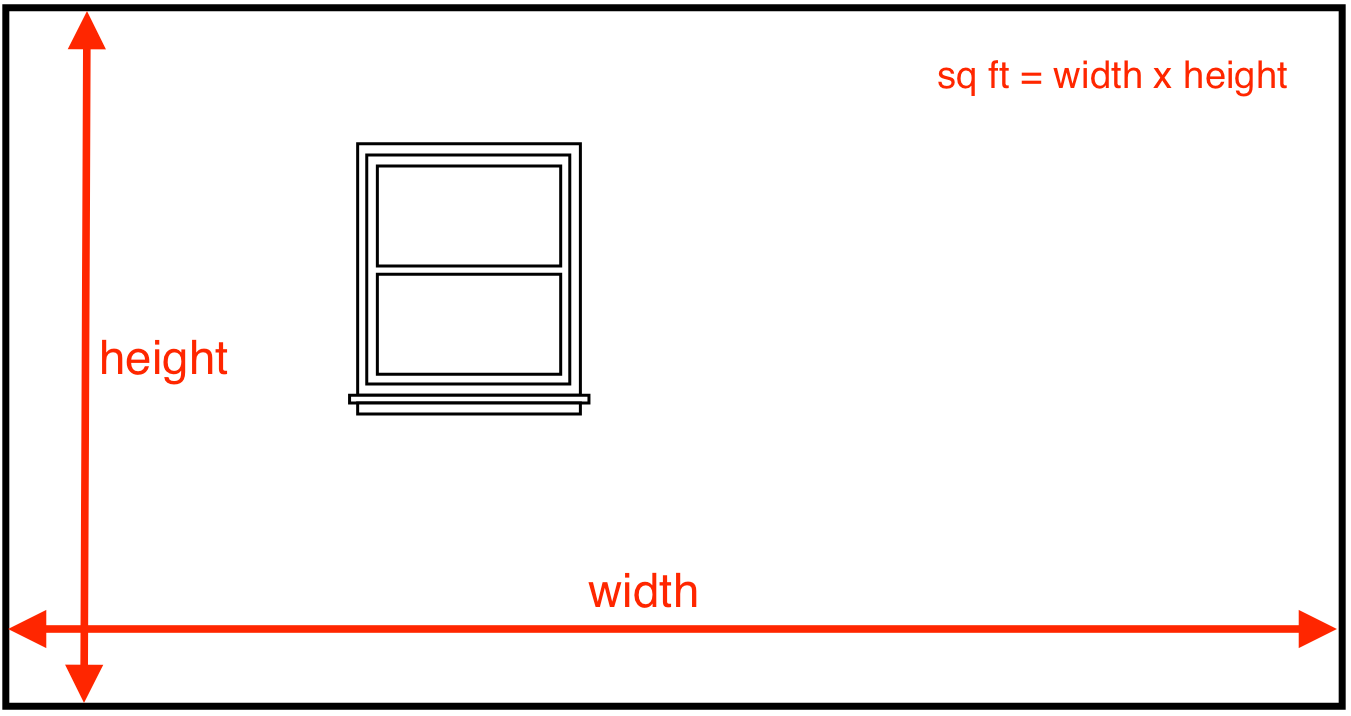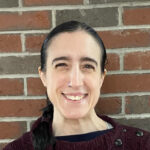Brick and Mortar Calculator
Calculate how many bricks and bags of mortar you’ll need for a wall or masonry project by entering the wall dimensions and selecting a brick size. Optionally, estimate the cost of materials by adding the price per brick.
On this page:
How Many Bricks Do You Need?
Bricks are a versatile building material that come in many sizes, wear ratings, and colors. They are often used for exterior walls, chimneys, and fireplaces, but can also be used to create patios, stairs, or some decorative projects.
Many bricks have three or more holes in the center to reduce the weight, raw materials, and cost, while others are solid, and some may be thinner than average. These latter are known as brick veneers and are common for finishing the exterior of a structure rather than being used for support.
Bricks are commonly made of clay or shale and are kiln-baked. They are often laid in courses or rows and are held in position by laying them in a bed of mortar, which also fills the joints between them.
The type of brick you choose will determine how many you need for a wall because bricks do come in different sizes. The thickness of the mortar bed you use can also vary your material needs, as well as the spacing between the bricks.
This calculator assumes a 3⁄8” mortar bed.
Calculate how many bricks you need using the calculator above. You’ll also get a cost estimate for materials.
You can also refer to the coverage table below or keep reading to learn how to perform the calculations yourself.

How to Calculate How Many Bricks You Need
A wall built with a standard modular brick will require seven bricks per square foot to complete the project. Projects using different sizes may need more or fewer bricks.
Follow the steps below for an accurate estimate.
Step One: Find the Square Footage of the Wall
Start estimating the number of bricks you’ll need by determining how much area you need to cover in square feet. To do this, measure the width and height of your wall or surface.
Once you’ve measured the wall’s width and height, you can find the area in square footage by multiplying the wall’s width in feet times the wall’s height in feet.

You can also choose to measure the wall in inches and make your calculation in inches. Once you’ve multiplied the height and width to get your total square inches, you will convert back to square feet.
Divide square inches by 144 to get the square feet. Always round up to the nearest full measurement.
For example, let’s find the area of a 10′ wide wall that is 8′ high.
area = 10′ × 8′ = 80 sq. ft.
Step Two: Find the Square Footage of Each Brick
After you know the surface area, you need to find the amount of area that each brick will cover.
The easiest way to do that is to find each brick’s area in square inches and then divide by 144 to convert square inches to square feet. Keep in mind that there will also be a 3⁄8” mortar joint between each brick.

For example, let’s find the area of a modular brick measuring 7 5⁄8” wide x 2 1⁄4” high
To get the square footage of a modular brick, add 3⁄8” to each dimension to account for the mortar joint, then use the formula (length × width) ÷ 144 = sq. ft. of the brick.
brick & mortar width = 7 5⁄8 + 3⁄8 = 8
brick & mortar height = 2 1⁄4 + 3⁄8 = 2 5⁄8
brick sq ft = (8 × 2 5⁄8) ÷ 144
brick sq ft = 21 ÷ 144 = .1458
You can also use a square feet calculator to easily find the square footage of your brick.
Step Three: Find How Many Bricks Fill the Wall
You can determine the number of bricks needed to cover your area by dividing the square footage of the area to be covered by the brick’s square footage (wall sq ft ÷ brick sq ft).
For example, let’s find the number of modular bricks needed to cover the 80 sq ft wall from the earlier examples. Use the following formula:
80 ÷ .1458 = 549 bricks
We strongly recommend adding 10% additional material to cover any waste and account for any broken blocks or cuts. If you plan on creating any patterns in the brick, add another 10% waste to the total.
The brick calculator above accounts for partial bricks and cutoffs automatically and may return a different number for your project.
Check out our concrete block calculator to find the number of concrete blocks needed for a project. Concrete blocks, or cinder blocks, are larger than bricks, but the strategy to find the number of bricks to cover a surface can be used to find the number of concrete blocks to cover a surface as well.
How Much Mortar Do You Need?
You can estimate mortar by referring to the coverage rate for the specific mortar used on the project. Mortar is a mixture of cement, sand, and often lime. The type of mortar you will use for your project can vary depending on location, flexibility, and the compressive strength needed. Most mortars used for bricks require one bag of cement per 100-142 bricks, depending on the size.
One bag of cement is needed for every 142 modular, 125 queen, or 100 utility bricks. This estimate assumes using a mortar that needs to be mixed with three parts sand. A 1:3 cement to sand mix will require one cubic yard of sand for every seven bags of mortar.
Pre-mixed bags of mortar are also readily available, and an 80-pound bag of mix will often yield 30-36 bricks. Divide the total number of bricks by 36 to calculate the bags needed. Try our mortar calculator to calculate mortar needs more accurately.
Brick Coverage Table
It is important to note that there are many types of bricks and many sizes as well. See some of the most common brick types and sizes below, along with an estimate of how many you’ll need per square foot (or square meter).
| Brick Style | Size (D x H x W) | Weight | Coverage | |||
|---|---|---|---|---|---|---|
| Inches | Millimeters | Pounds | Kilograms | Bricks per Ft² | Bricks per M² | |
| Modular | 3 5⁄8” x 2 1⁄4” x 7 5⁄8“ | 92mm x 57mm x 194mm | 4.2 lbs | 1.9 kg | 7 | 73 |
| Queen | 3 1⁄8” x 2 3⁄4” x 7 5⁄8“ | 79mm x 70mm x 194mm | 4.1 lbs | 1.86 kg | 6 | 73 |
| Closure | 3 5⁄8” x 3 5⁄8” x 7 5⁄8“ | 92mm x 92mm x 194mm | 6.8 lbs | 3.1 kg | 4.5 | 48 |
| Standard | 3 5⁄8” x 2 1⁄4” x 8″ | 92mm x 57mm x 203mm | 4.5 lbs | 2 kg | 6.5 | 70 |
| Jumbo Standard | 3 5⁄8” x 2 3⁄4” x 8″ | 92mm x 70mm x 203mm | 5.9 lbs | 2.7 kg | 6 | 61 |
| King | 2 3⁄4” x 2 5⁄8” x 9 5⁄8“ | 79mm x 70mm x 244mm | 5.6 lbs | 2.5 kg | 4.5 | 49 |
| Roman | 3 5⁄8” x 1 5⁄8” x 11 5⁄8“ | 92mm x 41mm x 295mm | 4.7 lbs | 2.1 kg | 6 | 64 |
| Norman | 3 5⁄8” x 2 1⁄4” x 11 5⁄8“ | 92mm x 57mm x 295mm | 6.4 lbs | 2.9 kg | 4.5 | 49 |
| Utility | 3 5⁄8” x 3 5⁄8” x 11 5⁄8“ | 92mm x 92mm x 295mm | 10.2 lbs | 4.6 kg | 3 | 32 |





